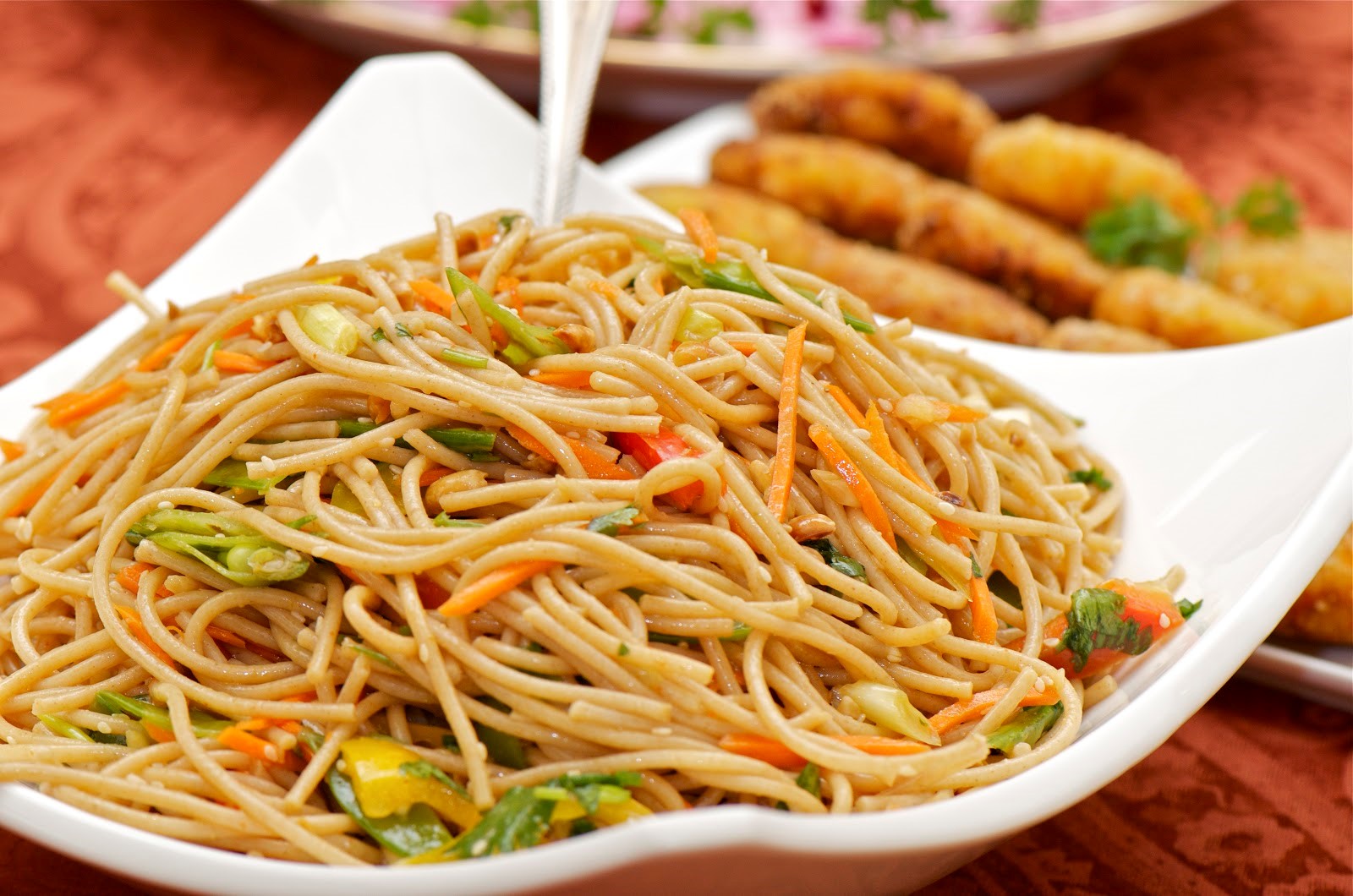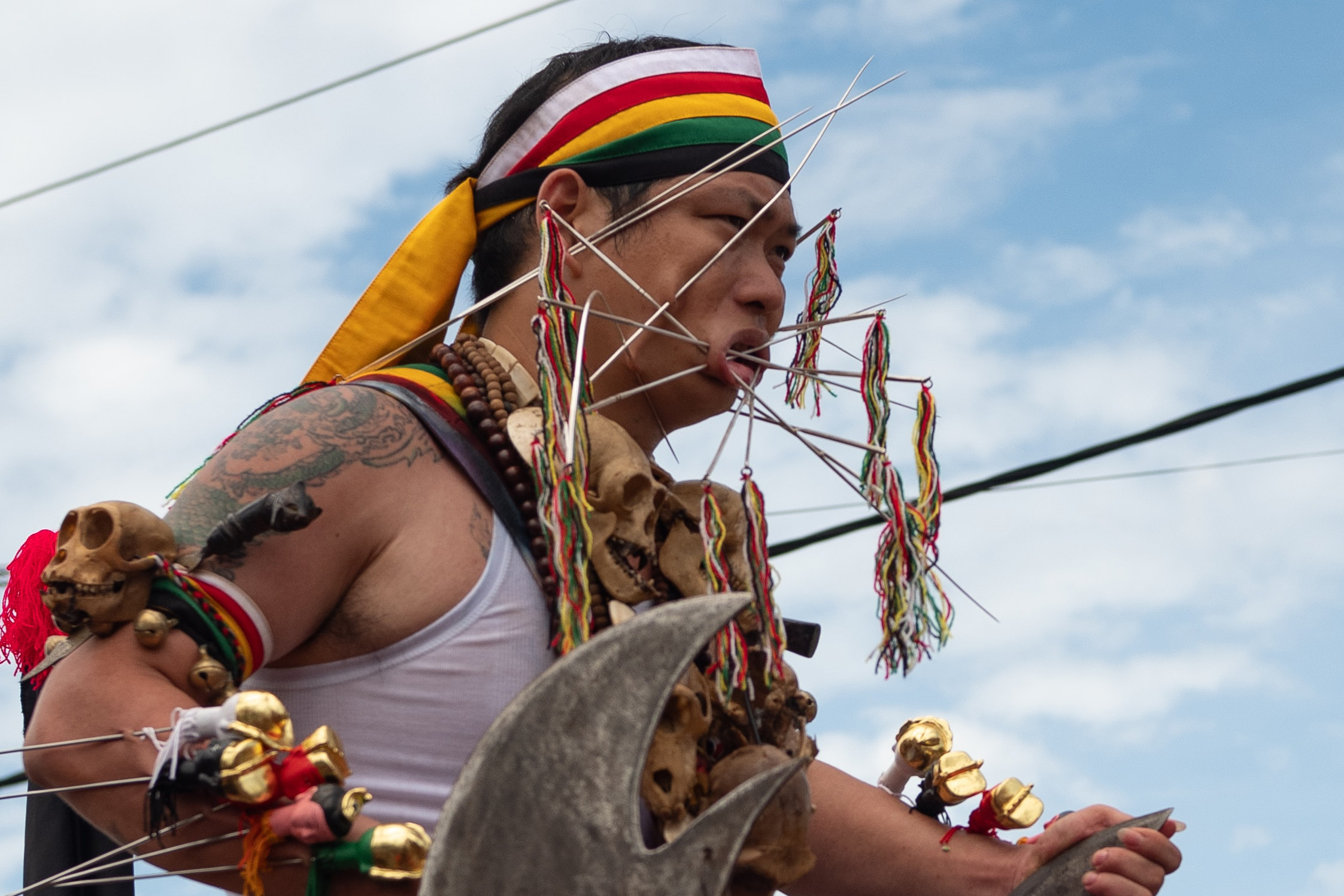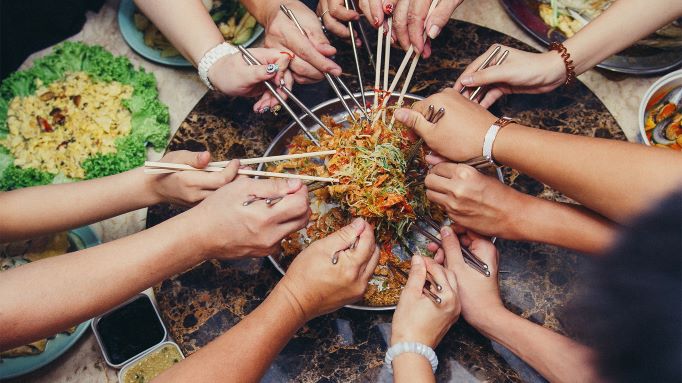What you'll do
Chinese New Year, or Imlek, is a major celebration for the Chinese ethnic group. Singkawang, West Kalimantan, is renowned for its vibrant and unique way of celebrating the Lunar New Year. Known as “Sepetak Hongkong” due to its large Chinese population, Singkawang’s celebrations are always more festive compared to other cities in Indonesia. The city’s customs and traditions during Imlek are distinct and stand out from those in other cities.
Your itineraryChinese New Year, or Imlek, is a major celebration for the Chinese ethnic group. Singkawang, West Kalimantan, is renowned for its vibrant and unique way of celebrating the Lunar New Year. Known as “Sepetak Hongkong” due to its large Chinese population, Singkawang’s celebrations are always more festive compared to other cities in Indonesia. The city’s customs and traditions during Imlek are distinct and stand out from those in other cities.

1. Mie Panjang Umur
Mie Panjang Umur is a traditional dish from Singkawang that is an essential part of the Imlek and Cap Go Meh celebrations. This noodle dish, symbolizing longevity, is exceptionally long, measuring about two meters, and is exclusively made in Singkawang. The plain white noodles are served in a large dish with side dishes like fish or chicken and topped with Singkawang's unique savory sauce. Eating this dish requires chopsticks and should be stirred thoroughly before eating.

2. Pawai Tatung
Cap Go Meh, celebrated 15 days after Chinese New Year, is marked by the Pawai Tatung, a magical procession. The term Cap Go Meh comes from the Hokkien dialect, where "Cap Go" means 15 and "Meh" means night. Thus, Cap Go Meh signifies the closing night of the Imlek celebrations. In Singkawang, this celebration includes the Pawai Tatung, which involves deities to ward off evil spirits as part of the Ta Ciau ritual (or "ritual to repel misfortune" in Hakka). The people of Singkawang believe that Tatung can protect them from misfortune by summoning deities or ancestors to possess them. This ritual, usually performed by men, involves preparing costumes of deities, praying at the altar, and then proceeding to the main temple. After praying, the individuals are possessed by spirits or ancestors and perform magical displays.
Cap Go Meh, celebrated 15 days after Chinese New Year, is marked by the Pawai Tatung, a magical procession. The term Cap Go Meh comes from the Hokkien dialect, where "Cap Go" means 15 and "Meh" means night. Thus, Cap Go Meh signifies the closing night of the Imlek celebrations. In Singkawang, this celebration includes the Pawai Tatung, which involves deities to ward off evil spirits as part of the Ta Ciau ritual (or "ritual to repel misfortune" in Hakka). The people of Singkawang believe that Tatung can protect them from misfortune by summoning deities or ancestors to possess them. This ritual, usually performed by men, involves preparing costumes of deities, praying at the altar, and then proceeding to the main temple. After praying, the individuals are possessed by spirits or ancestors and perform magical displays.

3. Tradisi Cang Nyiat Pan
Cang Nyiat Pan in Hakka dialect consists of 'cang nyiat' (the first month) and 'pan' (the middle), and is a celebration of Cap Go Meh, which is known as Yuan Xiao Jie in Mandarin, meaning the Festival of the First Full Moon. Thus, Cang Nyiat Pan and Cap Go Meh are essentially the same festival, but differ only in dialect. In Singkawang, the Cang Nyiat Pan celebration is a culinary tradition during Imlek. People cook at home and share meals with their extended families. The warmth of homemade dishes is often missed by those who have migrated away from Singkawang. One popular and special dish is ayam arak, seasoned with ka chiang na (yi mu cao, or beneficial herbs for mothers). This dish is typically prepared for mothers during the 40 days postpartum to aid in their recovery. Main and side dishes are also served, including a variety of snacks like dried and wet cakes (kue keranjang, lempok durian, dodol, and lapis legit), fruits, and drinks (mineral water, soda, and alcoholic beverages). High-quality ingredients such as bird's nest, sea cucumber, fish maw, fresh fish, bamboo shoots, giant prawns, pork, duck, free-range chicken, and mushrooms are used in the cooking. These dishes are served at homes for family gatherings, making the Cang Nyiat Pan celebration in Singkawang both festive and unique. The culinary aspect of the Imlek celebration in Singkawang is as vibrant as the festivities themselves, contributing to the distinctiveness and charm of the celebration.
Cang Nyiat Pan in Hakka dialect consists of 'cang nyiat' (the first month) and 'pan' (the middle), and is a celebration of Cap Go Meh, which is known as Yuan Xiao Jie in Mandarin, meaning the Festival of the First Full Moon. Thus, Cang Nyiat Pan and Cap Go Meh are essentially the same festival, but differ only in dialect. In Singkawang, the Cang Nyiat Pan celebration is a culinary tradition during Imlek. People cook at home and share meals with their extended families. The warmth of homemade dishes is often missed by those who have migrated away from Singkawang. One popular and special dish is ayam arak, seasoned with ka chiang na (yi mu cao, or beneficial herbs for mothers). This dish is typically prepared for mothers during the 40 days postpartum to aid in their recovery. Main and side dishes are also served, including a variety of snacks like dried and wet cakes (kue keranjang, lempok durian, dodol, and lapis legit), fruits, and drinks (mineral water, soda, and alcoholic beverages). High-quality ingredients such as bird's nest, sea cucumber, fish maw, fresh fish, bamboo shoots, giant prawns, pork, duck, free-range chicken, and mushrooms are used in the cooking. These dishes are served at homes for family gatherings, making the Cang Nyiat Pan celebration in Singkawang both festive and unique. The culinary aspect of the Imlek celebration in Singkawang is as vibrant as the festivities themselves, contributing to the distinctiveness and charm of the celebration.




